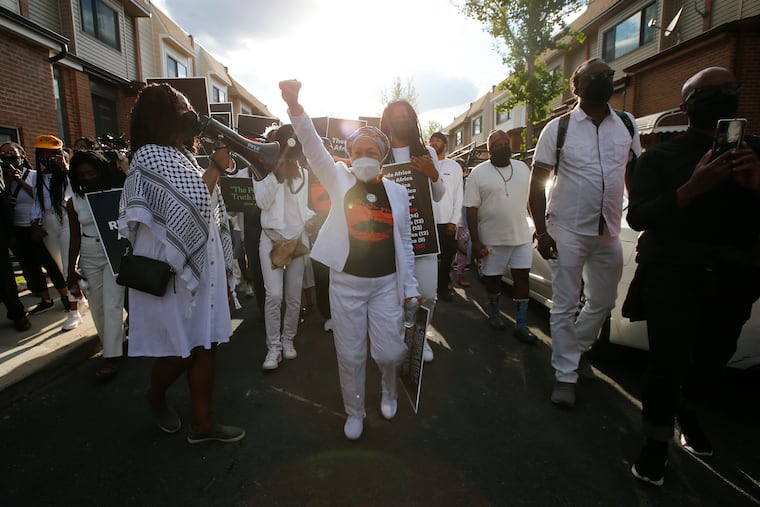On the anniversary of MOVE bombing, fresh pain and calls for accountability on Osage Avenue
The march marked the day police dropped a bomb on a West Philly house in 1985, killing 11 people, and came on the day Philadelphia’s health commissioner resigned over mishandling remains.
